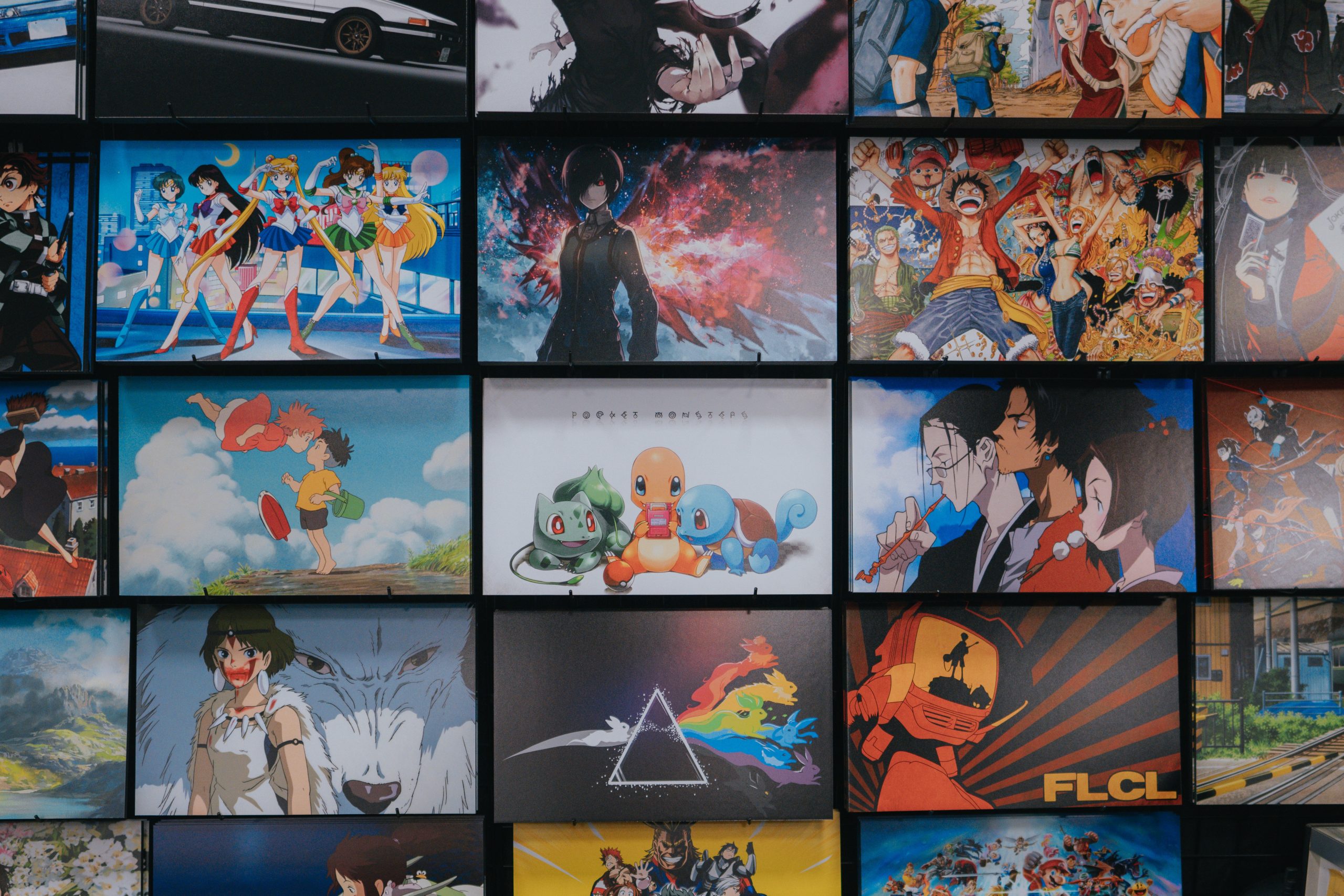Translating media from one language to another is a difficult task. A translation takes care, attention to detail and a keen understanding of both languages involved. Although converting meaning from one language to another may sound like a simple practice, translation is a difficult process that has its own complexities and nuances.
That said, translation is incredibly useful. Translating television shows and movies can make good stories more accessible to a global audience. For example, translation has allowed anime, stylized Japanese animation, to spread and gain popularity among people all around the world.
However, most of these shows and movies aren’t simply translated. Translation refers to the process of converting the meaning — the actual meaning, beyond the literal meaning of the words — from one language into another. Most professional translators also localize the translation, meaning that they adjust the translation’s meaning or tone to cater to a target audience.
Localization and Anime
Although most international anime fans agree that translation makes anime more accessible, not all embrace the practice of localization. In the eyes of some anime fans, localization moves the translation away from the meaning of the original dialogue and westernizes media when it isn’t necessary.
The disdain for overly localized anime likely stems from the way anime was treated when it was first getting translated for American audiences. When anime was first translated in the 1960s, Americans generally viewed all animated media as children’s media. At the same time, American broadcasters had to follow very strict rules on what they could market to children.
For example, American children’s media was not allowed to contain death, violence or mature themes. When tasked with the challenge of adapting anime for American children, translators and editors were required to heavily edit the source material to comply with the rules. For example, when characters died in the original anime, translators had to find ways to change the dialogue to explain the character’s sudden absence without implying their death. Anime meant for teens or adults was edited and localized into something more palatable for a completely different audience than it was intended for.
One of the most infamous examples of a poorly localized anime is the 4Kids Entertainment’s English translation of “One Piece.” The original anime was intended for older children and teens and contained its fair share of violence and dark themes. The translation, on the other hand, was geared toward young children. This understandably caused some problems in the English version. Entire scenes and episodes were eliminated, creating confusion and plot holes, and the dialogue sometimes completely deviated from the original meaning. Considering that the original anime was popular and highly anticipated, many anime fans were disappointed with the effect extreme localization had on the story.
Thankfully, “One Piece” later received a much more story-accurate translation, but the damage had already been done. 4Kids Entertainment’s “One Piece” and many anime translations like it left a poor impression of American localization for many anime fans. As a result, many have called for more accurate translations that don’t skew toward a young, exclusively American audience.
As anime and animation in general have become more acceptable media for teen and adults, anime translations are much more accurate than what they were under strict American censorship for children. However, the extent to which translators should localize the material is still under debate.
Why Localization is Necessary
Although there are plenty of examples of anime that have been botched by censorship or questionable localization practices, localization isn’t something that should be written off as inherently bad. Rather, localization is a necessary part of making a piece of media understandable to a new audience. Obvious examples are jokes and puns, which rarely transfer over well in a literal translation. Here, translators must be creative and come up with alternative jokes that match with the context of the show and is funny to the audience.
Translating anime to be dubbed over by an English voice actor presents another challenge. Unlike translating a document from one language to another, translators working with media that require dubbing over in a different language often count the number of syllables in each line and watch how many times an animated character opens their mouth in a scene. They then tailor their translation to match the pace and mouth movements in a way that reflects the original meaning and appears natural to a new audience. This often means that dialogue in anime isn’t a one-to-one translation.
To some, this practice removes the original meaning from the anime and the story suffers because of it. To others, this is simply a necessary byproduct of translating any kind of media.
Conclusion
Every language has its own nuances and translating one language to another can be a complicated process. Anime translation is no exception. Anime, especially when it was translated after it entered the English-speaking market, has a history of being changed and localized until the story is barely recognizable. However, localization can also do the opposite and make a translation more understandable. In fact, a translation that’s too literal may be confusing and sound jarring or unnatural. Whatever the case, localization is an inescapable part of any kind of translation. In anime, localization may distract from the story, but for the most part, it’s simply a part of bringing a story to a new, diverse audience.

















